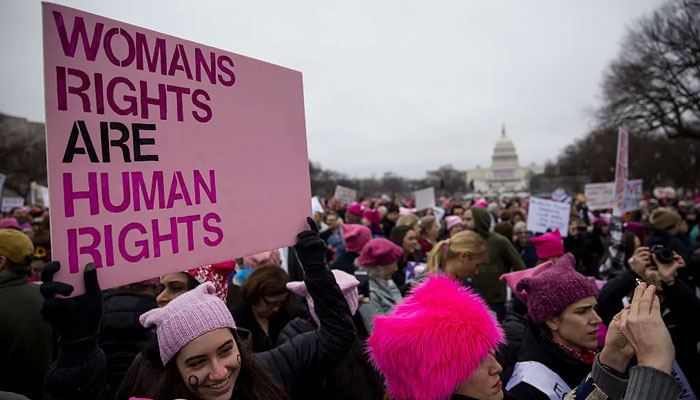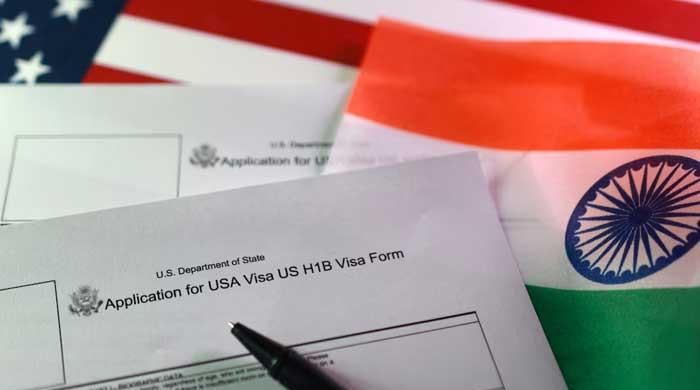10 lesser-known facts about Women's History Month
In China, Serbia, and Albania, International Women's Day is an official holiday
March 04, 2024

March marks Women's History Month in the United States (US), the United Kingdom, and Australia, culminating in International Women's Day on March 8, TIME magazine reported.
US President Joe Biden, in his proclamation, praised the courageous women shaping a fairer society.
Here are 10 surprising facts shedding light on Women's History Month:
1. International Women's Day's European roots: Reports suggest the holiday's origins trace back to a 1909 New York City garment workers' strike, but it was in 1911 that Europeans officially recognised International Women's Day.
2. Russian Revolution influence: March 8 gained significance in 1917 during the Russian Revolution when Petrograd's women protested, leading to the Tsar's abdication. Clara Zetkin proposed it as International Women's Day in 1921.
3. Local origins of Women's History Month: Beginning as a local celebration in Santa Rosa, California, in 1978, it later expanded nationally, with the National Women's History Alliance formed to share women's achievements.
4. Federal recognition journey: Advocacy led by the National Women's History Project prompted former US president Jimmy Carter to recognise National Women's History Week in 1980. Congressional approval for Women's History Month arrived in 1987.
5. Annual presidential designation: Since 1995, US presidents annually proclaim Women's History Month, recognising the ongoing struggle for gender equality. Former president Barack Obama highlighted its roots in women's centuries-old fight for parity in 2011.
6. Annual theme tradition: The National Women's History Alliance introduces a theme each year, with 2024 focusing on "Women Who Advocate for Equity, Diversity and Inclusion."
7. Global variances: While Women's History Month is commonly celebrated in March, Canada holds its celebrations in October. Different countries commemorate International Women's Day with unique traditions.
8. Official holiday status: In some countries like China, Serbia, and Albania, International Women's Day is an official holiday, allowing women to take a half-day off.
9. Symbolic colours: Purple, green, and white symbolise International Women's Day, originating from the suffragists in the Women's Social and Political Union in the early 1900s.
10. Focus on abortion rights in 2024: The Women's March organisation plans a rally on March 26, coinciding with the Supreme Court's hearing on abortion pill regulations, addressing a pivotal issue in the wake of the 2022 Roe v. Wade overturning.









